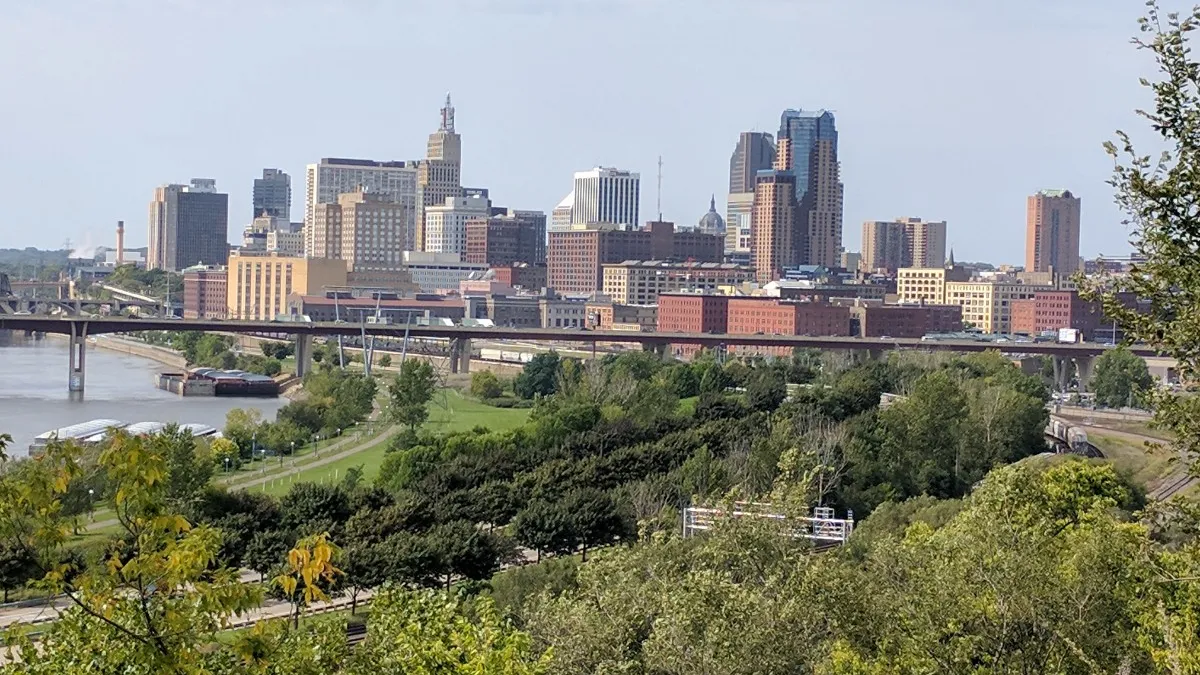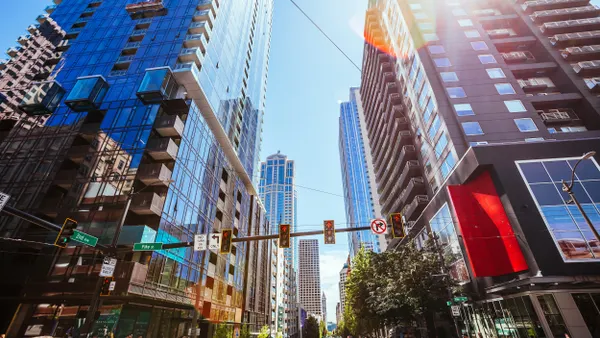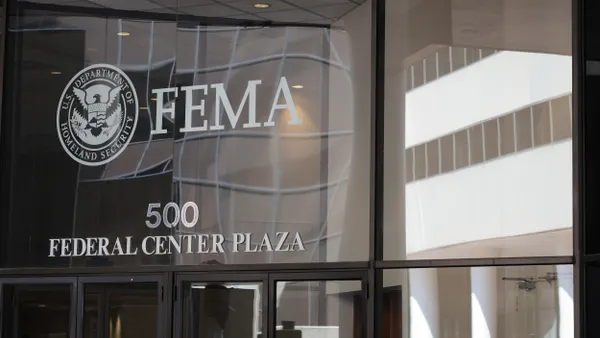The City of St. Paul, MN has taken on a "matchmaker role" during the coronavirus pandemic, said Noel Nix, the city's deputy director of intergovernmental relations and community engagement, on a webinar hosted by Cities of Service.
St. Paul, with a population of about 300,000 and a pre-coronavirus budget of about $650 million, is in a prime position to connect on-the-ground community groups with essential city service demands, according to Nix.
The city recently created its first dedicated language line to provide residents with COVID-19 information in the city's top five languages. The initiative helps "bridge the digital divide when it comes to sharing information," and they aim to tap local volunteers to help continue filling that gap, he said.
Other cities across the country are working tirelessly to reach vulnerable populations with information and services to mitigate the effects of COVID-19. For example, Seattle is leveraging its Community Liaison Program to pay trusted community members for "culturally appropriate outreach" to vulnerable groups like seniors, said Andrés J. Mantilla, director of the city's Department of Neighborhoods.
Mantilla said community organizations and individuals are sometimes more trusted than the government, which makes this form of information sharing effective. The city currently has 20 community liaisons working on COVID-19 mitigation specifically.
Seattle is also working with groups like a statewide pharmacy association and labor unions to employ restaurant or gig workers affected by the coronavirus in ways that will help meet a growing demand for meal and prescription deliveries to seniors, according to Mantilla.
Meanwhile, St. Paul's home of Ramsey County is taking a detailed approach to address food insecurity during the coronavirus. The county has taken the lead on forming an intergovernmental working group composed of representatives from city and county departments, in addition to state representation, according to Nix. The group has a goal to understand and gather information about the local food insecurity landscape, touch base with local groups on the ground, and rapidly scale up responses to fill in service gaps, he said.
This method of deeper analysis can also benefit from data to inform outreach to vulnerable groups. Data can enable partnerships, improve coordination and allow stakeholders to achieve more, according to What Works Cities' Director of City Progress Zachary Markovits.
Many cities, for example, have decided to close schools and are now offering free meals to families, according to Markovitz. However, cities aren't always able to reach every student or family with those meals.
Cities need to iterate on the distribution process, Markovitz said. In Philadelphia, for example, free lunches were initially provided during the day at places like local recreation and community centers. When city officials recognized that people weren't always showing up at the various sites, they used data to update the hours of availability and begin using public housing sites as pick-up locations to better meet the needs of residents.
And in Baltimore, the city is working with its existing partner, mapping software company Esri, to develop a tool that allows the city's food partners, like Maryland Food Bank and Meals on Wheels, to report on the meals served at their locations. That information ultimately informs the city about where the potential service gaps are located across the city, Markovitz said.
Correction: This story has been updated to reflect the correct spelling of Zachary Markovits' name.
To keep up with all of our coverage on how the new coronavirus is impacting U.S. cities, visit our daily tracker.











